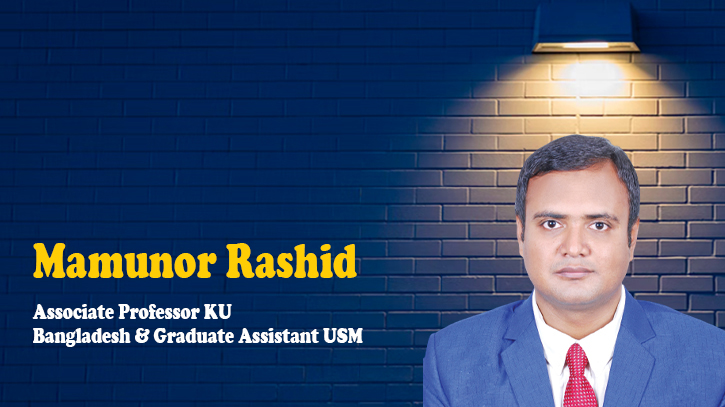
Photo : Messenger
December 9, 1971. The Seventh Fleet of the United States departed for Bangladesh on this date. Henry Kissinger (died on November 29, 2023), the security council to US President Richard Nixon, recommended that the Seventh Fleet be directed towards the Bay of Bengal. Outside of the mainland, the Seventh Fleet is the most significant naval force of the United States. It is a component of the Pacific Fleet of the United States. Its primary location is currently in Yokosuka, Japan. The Seventh Fleet is home to the most sophisticated and formidable vessels in the United States. It is the most demanding fleet in American history, with 60 to 70 warships, 200 to 300 aircraft, and approximately 40,000 naval forces.
In December 1971, US President Richard Nixon decided to employ direct military force on behalf of Pakistan, aware of the inevitability of their defeat at the hands of the liberation forces and the allied forces. During that period, when most Seventh Fleet vessels were close to Vietnam due to the Vietnam War, President Nixon issued an order for the Seventh Fleet to embark for the Bay of Bengal on December 9. Nixon's strategy, however, was thwarted by countermeasures and threats from India and Russia.
On December 10, 1971, certain Seventh Fleet vessels were mobilised to form ‘‘Task Force 74’’ per the directive of President Nixon. After assembling in Singapore, the ship set sail towards the Bay of Bengal. Henry Kissinger, an advisor to US President Richard Nixon, cautioned the Russian envoy in Washington earlier on December 1: ‘‘India must be compelled to accept a ceasefire tomorrow.’’ Failure to do so will result in the United States implementing the requisite military actions. The vessels entered the Bay of Bengal on December 15, traversing the Straits of Malacca on December 14. The dispatch of ‘Task Force 74’ to aid in the repatriation of Pakistani personnel to Pakistan was declared by the United States government. However, the persistent positions taken by Russia and India prevented this fleet from establishing a presence in the Bay of Bengal. During this period, a naval blockade was in place to prevent the Indian Navy's aircraft carrier, INS Vikrant, from entering the Bay of Bengal.
Already, the Soviet Union had cause for concern regarding the Seventh Fleet's approach to the Bay of Bengal. As a gesture of goodwill, they have thus far deployed a destroyer, a minesweeper, a battle tank carrier, and a submarine to the Indian Ocean. In addition, a destroyer and an additional mine patrol ship entered the Indian Ocean. The Soviet government instructed all six vessels to keep safe from the Bay of Bengal. Russia was preparing to deploy a battle cruiser equipped with nuclear capabilities and a submarine propelled by atomic energy toward the Bay of Bengal.
The Soviet government declared on December 13, after the Seventh Fleet's designated departure for the Bay of Bengal on December 10, that it would dispatch an additional anticarrier task force to intercept the Seventh Fleet. In addition to the vessels above, this task force would comprise a destroyer, a nuclear-guided missile submarine, and a battle cruiser equipped with nuclear bomb-carrying missiles.
The Soviet Union initiated combat with battleships against the Seventh Fleet on December 15. Twenty Soviet warships were stationed in the Indian Ocean on this date. Following this, the Seventh Fleet withdrew from the conflict, forcing the United States to do the same.
Following the complete independence of Bangladesh achieved on December 16, when Pakistani forces surrendered, the United States was left with an isolated position on the battlefield. When a war broke out at that time, Pakistan had no possibility of joining. Twenty Soviet ships were located nearby. Furthermore, a Soviet nuclear attack submarine is rumored to be pursuing the Enterprise.
On December 18, ‘Task Force 74’ was relocated from the Bay of Bengal to the Indian Ocean. There, the fleet persisted until January 1972. Task Force 74 was reassigned to the Vietnam War on January 7.
The writer is an Associate Professor of Khulna University, Bangladesh and Graduate Assistant, University of Southern Mississippi, USA
Messenger/Disha








